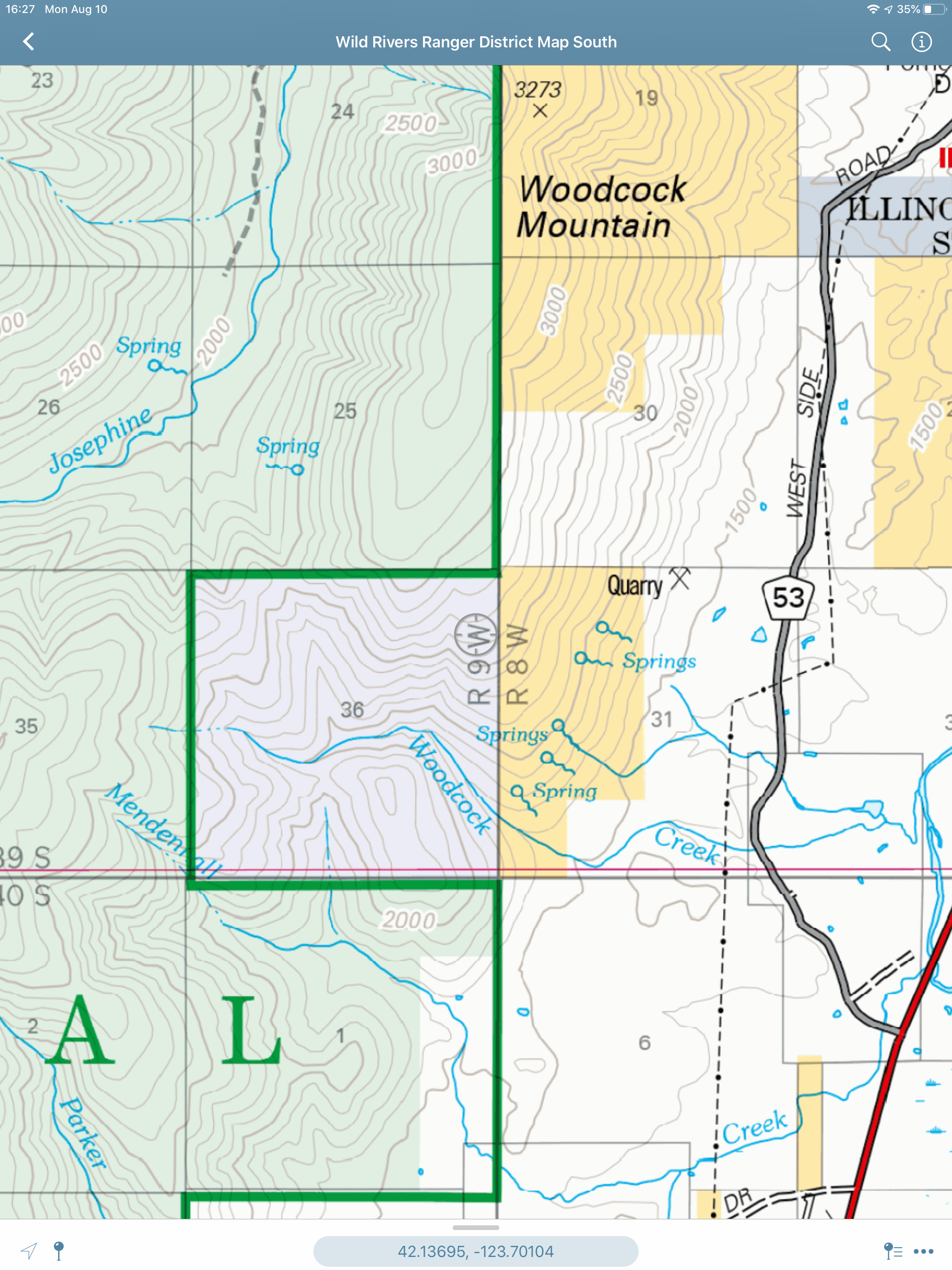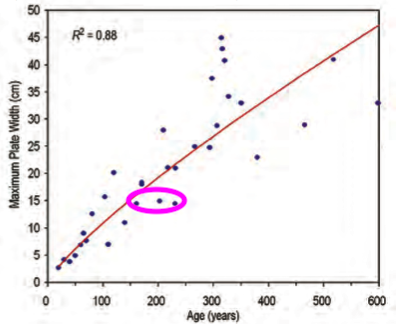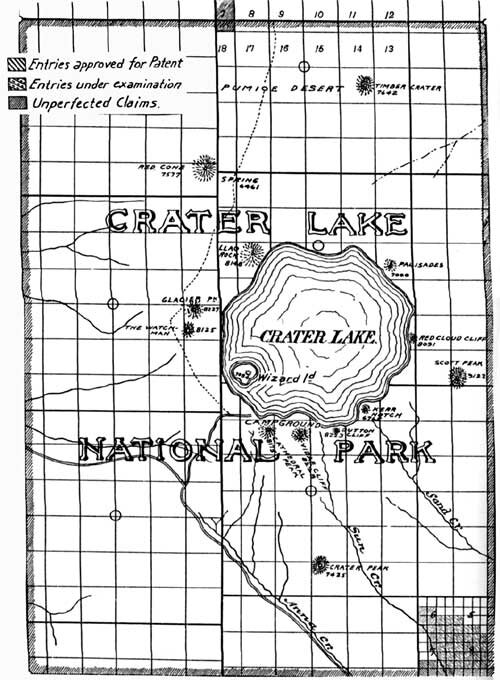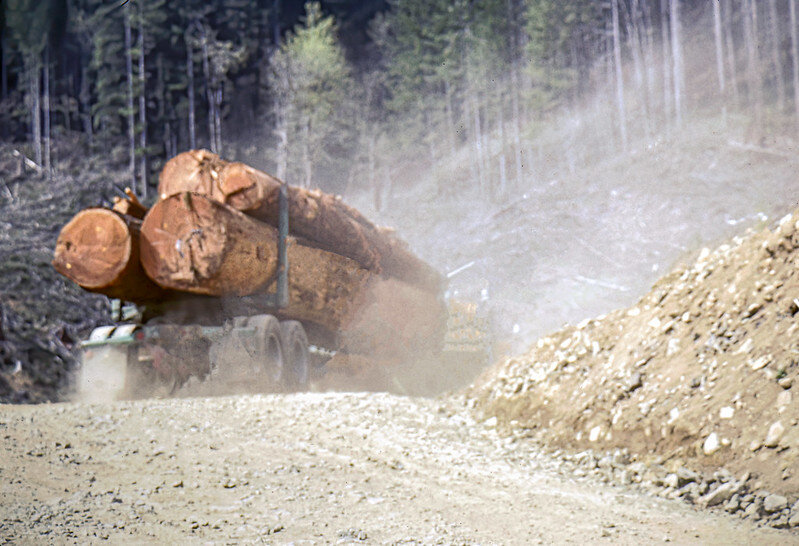War by Litigation
Big Timber (in the form of the American Forest Resource Council, AFRC) and the Addicted Counties (in the form of the Association of Oregon and California Counties, AOCC) have brought a series of legal cases that have successfully (so far and in some courts) relitigated matters of law that previously went against them. One needs a scorecard to make sense of it all, particularly as over the decades, various courts have found, among many other inconsistencies, that
• the OCLA is a timber-first statute;
• the BLM (forced by the Clinton administration’s secretary of the interior, Bruce Babbitt) can place off-limits to logging large late-successional (mature and old-growth) forest reserves and riparian (streamside) reserves on O&C (and CBWR) lands, using its authorities under the Clean Water Act and the Endangered Species Act;
• the BLM must sell a very large amount of timber, despite the Clean Water Act and the Endangered Species Act;
• a president, using powers granted by Congress, can establish a national monument including O&C lands; and
• a president cannot establish a national monument on O&C lands if those lands have commercial timber potential (most do).
This all has not yet been sorted out.
Following is a summary account of the pertinent OCLA legal cases and their current status. There are the resource management plan cases, the Cascade-Siskiyou National Monument cases, and the northern spotted owl critical habitat case.
The Resource Management Plan Cases
1995 RMPs. In 2015, Big Timber challenged the BLM’s 1995 resource management plans (RMPs), which in effect outline how the Northwest Forest Plan (NWFP) is to be followed on BLM lands. Yes, Judge William Dwyer of the US District Court for Washington had ruled in 1995 that the NWFP was legal for BLM lands, but wait a decade and try again in a different court. Big Timber’s court of choice was the US District Court for the District of Columbia, in most particular Judge Richard J. Leon. Judge Leon found that the BLM had violated the OCLA by not offering the maximum amount of timber that it said it would in its RMPs. (In earlier legal battles, Big Timber’s judge of choice, Thomas Penfield Jackson, sat on the same district court.)
2016 RMPs Case 1 (Big Timber). In 2016, Big Timber (different plaintiffs) challenged the BLM’s 2016 RMPs, which in effect withdrew the BLM from the NWFP but nonetheless resulted in a net increase of “reserves” from approximately two-thirds to three-quarters of the BLM lands in western Oregon. Big Timber asked the court to overturn the RMPs and force the BLM to revise them in order to offer for sale the maximum amount of timber possible as OCLA requires. Judge Leon might well grant their wish.
2016 RMPs Case 2 (Addicted Counties). In 2016, the Addicted Counties filed an essentially identical challenge to 2016 RMPs Case 1. Legally and politically, there is no daylight between Big Timber and the Addicted Counties. This is also before Judge Leon.
2016 RMPs Case 3 (Conservation Community). In 2016, several Oregon conservation organizations challenged the 2016 RMPs’ halving of the riparian reserves of the 1995 RMPs (which were in alignment with the NWFP), for failing to consider the environmental consequences for Forest Service timberlands of the BLM pulling out of the NWFP. Alas, this suit was lost in the District Court for Oregon and is on appeal to the US Ninth Circuit Court of Appeals.
The Cascade-Siskiyou National Monument Cases
In 2000, President Clinton proclaimed the Cascade-Siskiyou National Monument, which included both BLM O&C and public domain (PD) lands. Big Timber and the Addicted Counties groused but did not sue.
In 2017, President Obama expanded the Cascade-Siskiyou National Monument. Hedging their bets, Big Timber sued in both the US District Court for Oregon and the US District Court for the District of Columbia (different plaintiffs). The Addicted Counties also sued in DC (same judge). Their complaints are essentially interchangeable.
Judge Michael McShane in the District Court for Oregon found the monument expansion to be legal and that O&C lands could be included in a national monument. Judge Leon in the District Court for the District of Columbia found the opposite. Appeals in the respective courts of appeal are ongoing.
The Northern Spotted Owl Critical Habitat Case
In the US District Court for the District of Columbia, Big Timber seeks to overturn the critical habitat rule issued by the Fish and Wildlife Service that specified critical habitat (CH) necessary for the conservation of the Endangered Species Act–protected northern spotted owl (NSO). No decision yet. A lot of public forestland (BLM and Forest Service) has been designated NSO CH. Though filed in 2015, the case has still not been decided on its merits (or lack thereof).







































